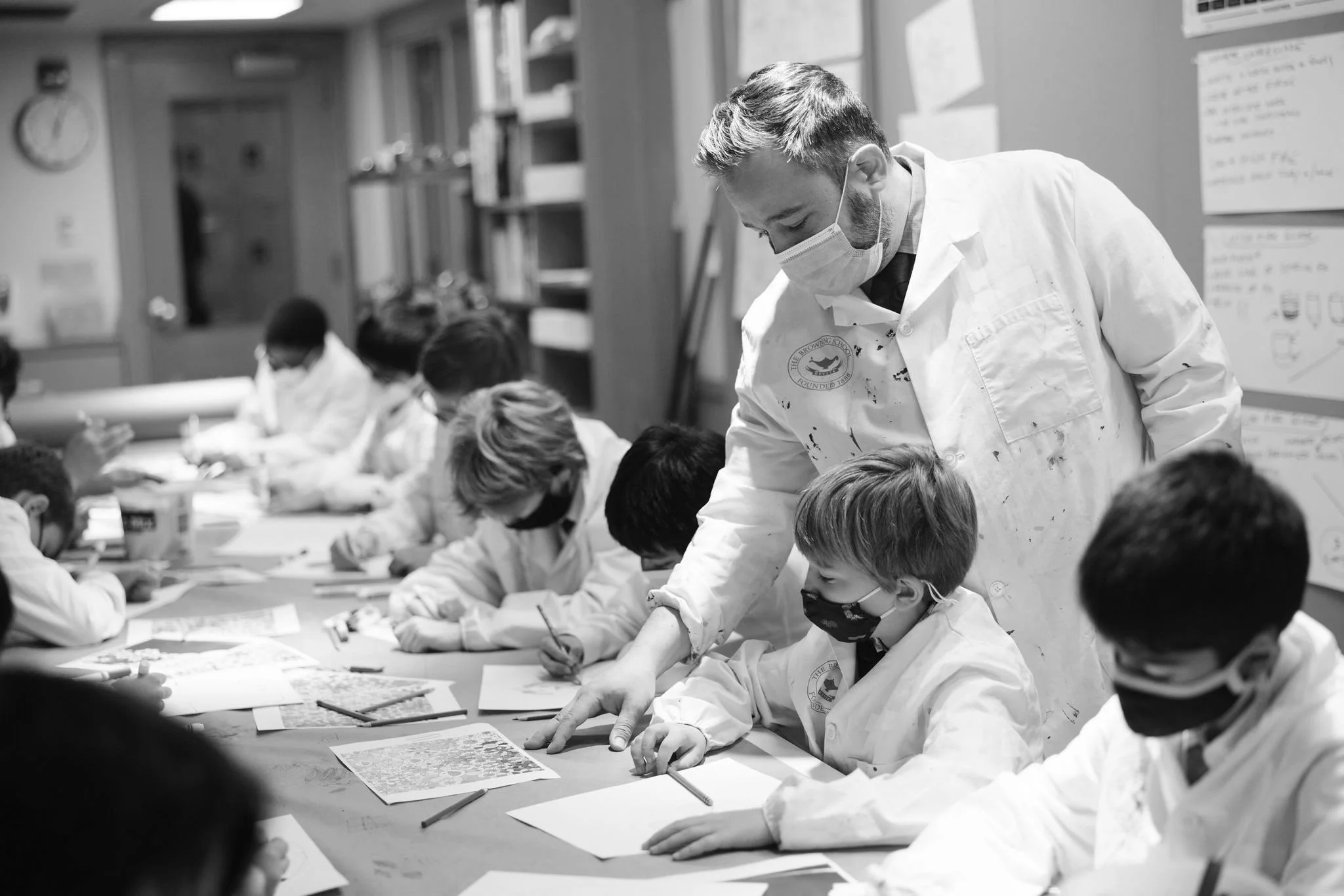Connection and What We Do Best
Everyone has their favorite season, and it’s hard to argue against a crisp autumn day, a gentle winter snowfall, or the warmth of a beautiful summer morning. For me, though, no time of year lifts my step like springtime, with the budding of trees, the return of songbirds, and the first day with rolled up sleeves after the long, dark moments of December, January, February, and March. Nature’s resurgence provides a welcome boost as we look toward the final two months of the terms, with its open windows, outdoor play, and celebrations of a school year well done.
Springtime at Browning also brings conferences with our families. We completed them last week, and they left me dwelling on three themes, both as an educator and a Browning parent. First, though I attend them every year, I’m almost always startled by the compassion of a conference with a homeroom teacher or advisor. The attention and care that our classroom leaders put into their mentorship, coaching, and communication credits both their profession and our school, and I always leave the conversation a bit awed. In a way, these conferences are like daylight savings time: Perennial events that I understand, but whose influence always catches me a touch by surprise, in spite of my familiarity with them.
Second, seeing families who were able to come to conferences in person—or who have made their way back to our building for other events over the past three weeks—offered a reminder of how much our entire community has needed these opportunities for personal connection over the past two years. As I write, New York City has seen a trebling of COVID cases over the past month, and so we’re all well aware that this pandemic still refuses to move offstage; still, the healthiest school and community life is one where we can open our doors, share our hopes and our worries, and deepen the quality of our relationships. We will always look to be safe, but we must also appreciate how essential non-virtual connection is to our collective health.
“The attention and care that our classroom leaders put into their mentorship, coaching, and communication credits both their profession and our school.”
Third, conferences jogged my recognition that so much of the best work of parents and teachers—our kids’ primary coaches—centers not only on cultivating inspiration, but also on a commitment to revision. Malcolm Gladwell’s Outliers helped popularize the concept of the “10,000 Hour Rule” over a decade ago, which has given rise to the thin understanding that competency is simply a matter of putting in time. But if it were that direct a transaction, all of us who spend days and nights hunched over our laptops jabbing out emails would be on the cusp of writing the Great American Novel. What matters is not just practice, but focused practice—not joyless repetition, not work for work’s sake, but guided and thoughtful concentration on growth areas that, over time, inspires confidence, encourages autonomy, and empowers learners to stretch themselves. This doesn’t happen accidentally, but through coaching rooted in the kind of relationships that Browning’s philosophy of education privileges. Our conferences, whether for kindergarten or senior students, are a testament to this approach to learning.
As Chekhov wrote in The Exclamation Mark, “The snow has not yet left the earth, but spring is already asking to enter your heart. If you have ever recovered from a serious illness, you will be familiar with the blessed state when you are in a delicious state of anticipation, and are liable to smile without any obvious reason.” Springtime is a return: A return of the flora, fauna, and weather that remind us of Nature’s fundamentals and the senses of hope, possibility, and fulfillment that tag along with them. We find these same senses in Browning’s fundamentals—the essential emphases on compassion, connection, and coaching—and believe that they, too, offer (perhaps obvious!) reasons for anticipation and for smiles.

